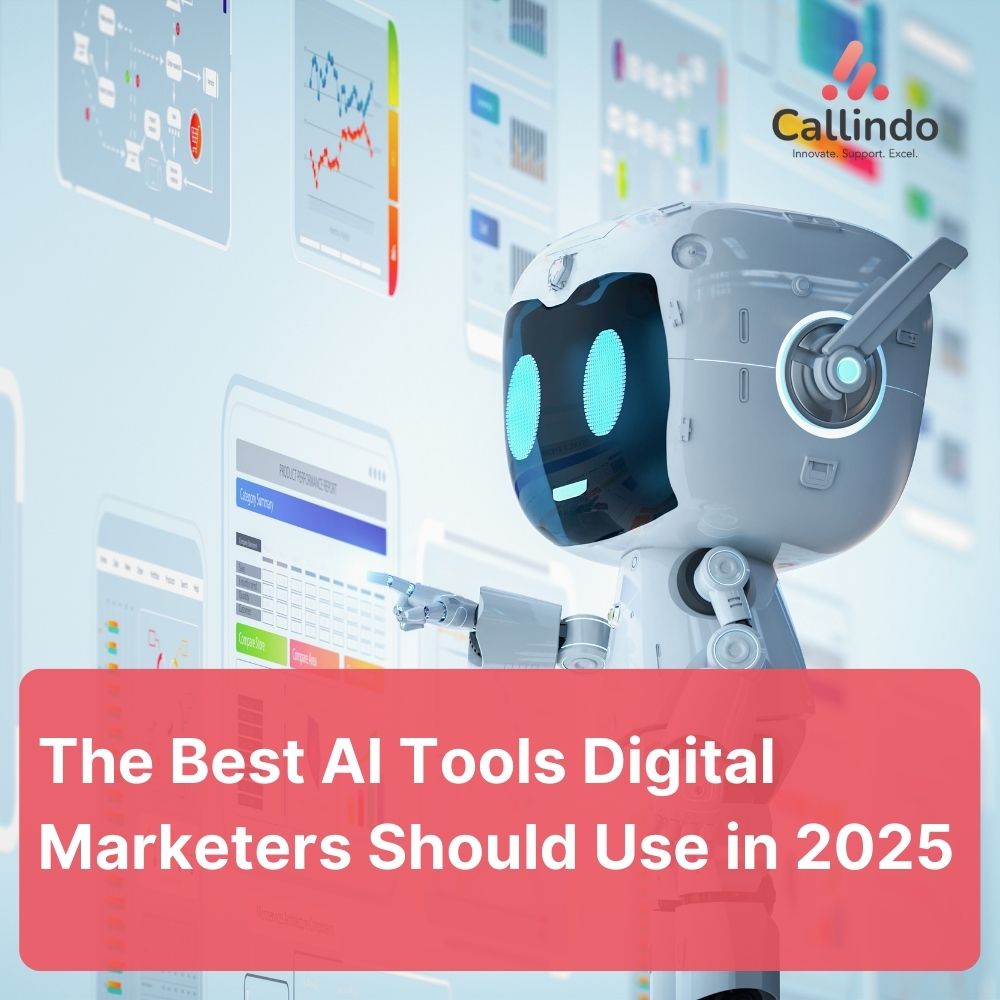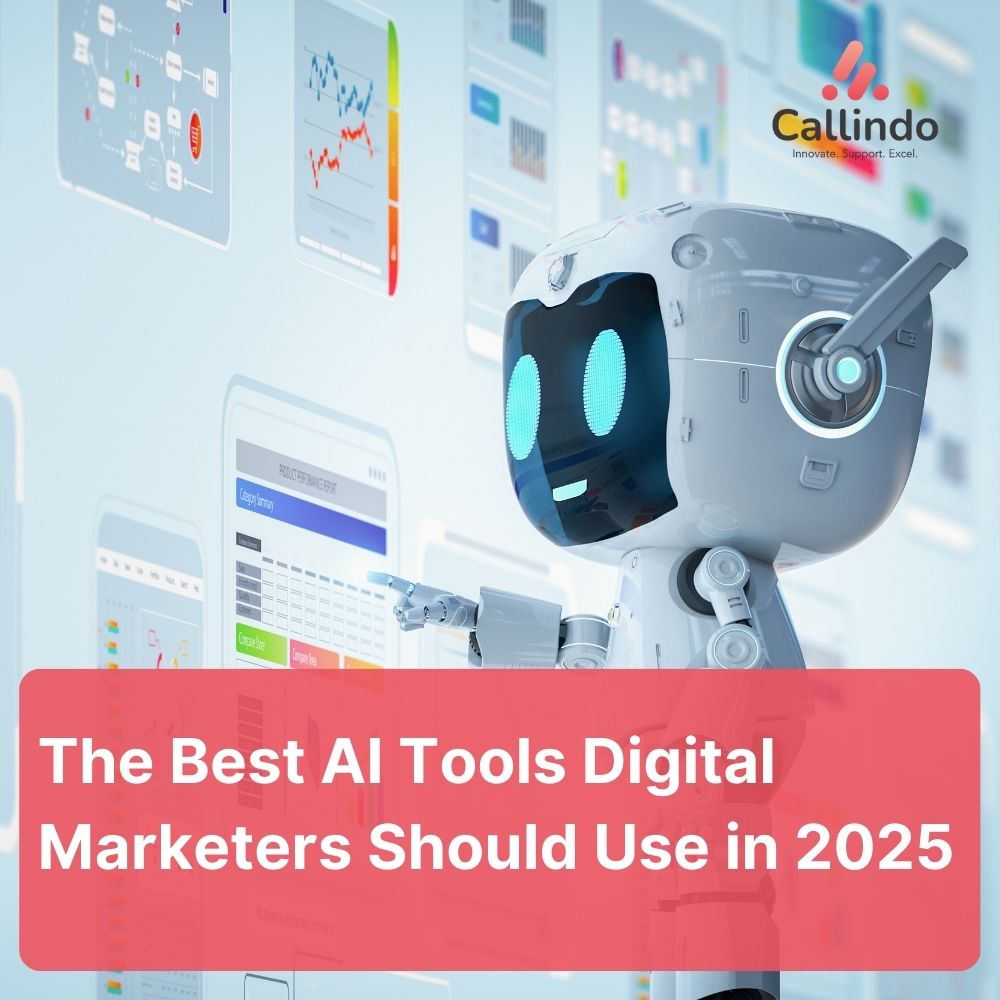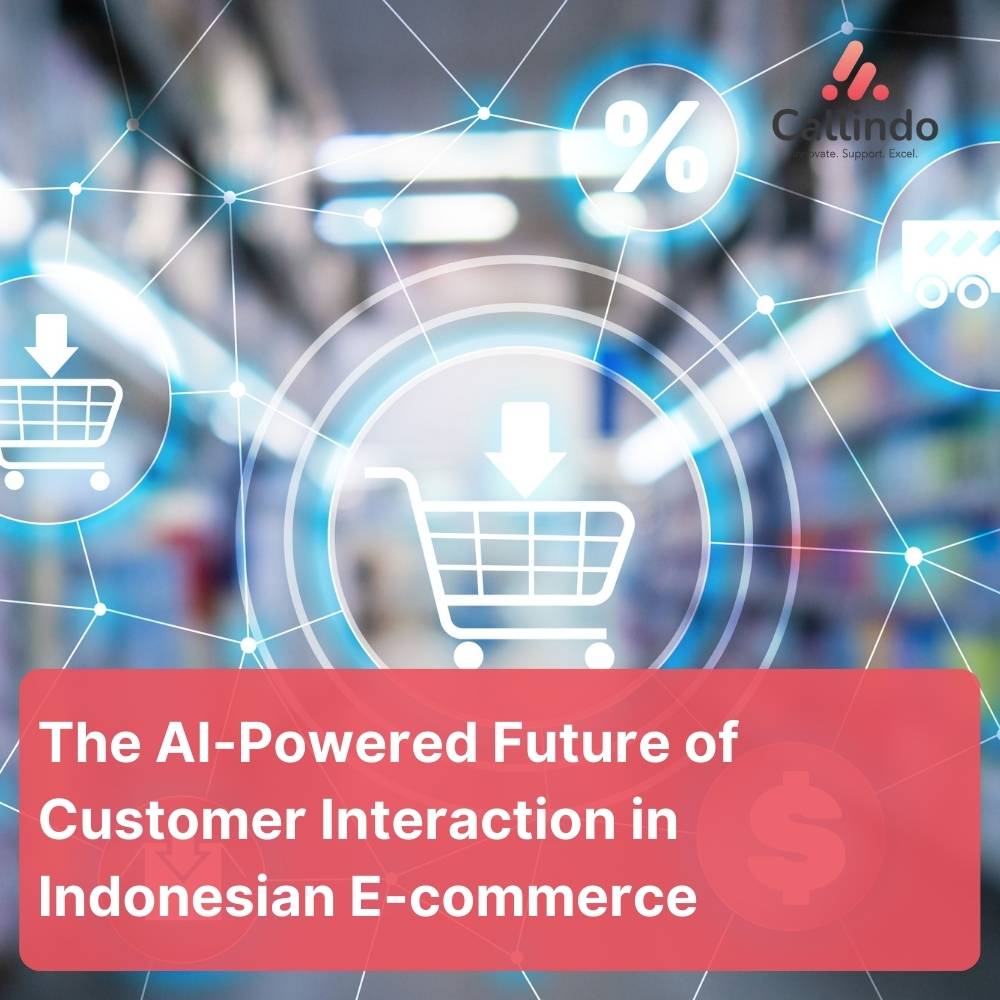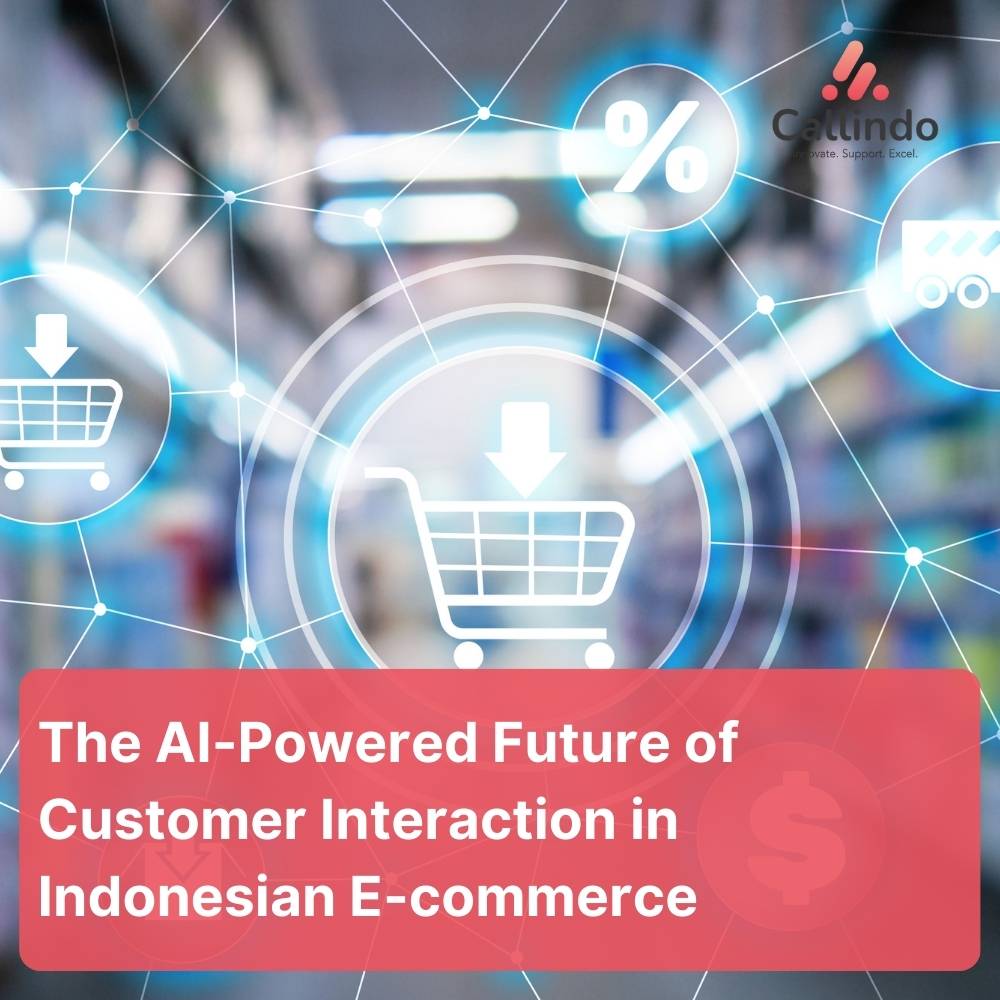ในภูมิทัศน์ทางธุรกิจที่มีการแข่งขันสูงในปัจจุบัน การทำความเข้าใจลูกค้าอย่างลึกซึ้งถือเป็นกุญแจสำคัญในการรักษาความเกี่ยวข้องและการเติบโต กลยุทธ์ที่มีประสิทธิผลอย่างหนึ่งในการบรรลุเป้าหมายนี้คือการจัดการวงจรชีวิตลูกค้า (Customer Lifecycle Management หรือ CLM) ซึ่งเน้นที่การจัดการความสัมพันธ์กับลูกค้าตลอดกระบวนการดำเนินธุรกิจ
บทความนี้จะครอบคลุมถึง:
- การจัดการวงจรชีวิตลูกค้า (CLM) คืออะไร?
- เหตุใดจึงมีความสำคัญต่อธุรกิจในอินโดนีเซีย?
- บริษัทต่างๆ สามารถนำ CLM ไปใช้ได้อย่างมีประสิทธิภาพได้อย่างไร?
- กรณีศึกษาและความท้าทายในการประยุกต์ใช้ CLM ในประเทศอินโดนีเซีย
มาดำดิ่งลงไปกันเลย!

การจัดการวงจรชีวิตลูกค้า (CLM) คืออะไร?
การบริหารจัดการวงจรชีวิตลูกค้า (CLM) คือกระบวนการจัดการความสัมพันธ์กับลูกค้าตั้งแต่การโต้ตอบเบื้องต้นจนถึงการรักษาลูกค้าในระยะยาว โดยทั่วไปวงจรชีวิตนี้ประกอบด้วย 5 เฟสหลัก ดังนี้
- การรับรู้
ลูกค้าที่มีศักยภาพค้นพบธุรกิจของคุณผ่านโฆษณา โซเชียลมีเดีย หรือคำแนะนำ - การได้มาซึ่ง
ลูกค้าเกิดความสนใจและตัดสินใจลองผลิตภัณฑ์หรือบริการของคุณ - การแปลง
พวกเขาซื้อสินค้าครั้งแรกและเริ่มมีส่วนร่วมกับธุรกิจของคุณมากขึ้น - การคงอยู่
มีการนำกลยุทธ์มาใช้เพื่อรักษาลูกค้าให้มีส่วนร่วมและภักดีต่อแบรนด์ของคุณ - การสนับสนุน
ลูกค้าที่พึงพอใจจะกลายเป็นผู้สนับสนุนและแนะนำธุรกิจของคุณให้กับผู้อื่น
ด้วยการบริหารจัดการวงจรชีวิตของลูกค้าอย่างมีประสิทธิผล ธุรกิจสามารถสร้างประสบการณ์เชิงบวกให้กับลูกค้า และเพิ่มมูลค่าตลอดชีพของลูกค้า (CLV) ให้สูงสุด
เหตุใดการจัดการวงจรชีวิตลูกค้าจึงมีความสำคัญสำหรับธุรกิจในอินโดนีเซีย?
อินโดนีเซียเป็นตลาดที่เติบโตอย่างรวดเร็วด้วยจำนวนผู้บริโภคดิจิทัลที่เพิ่มขึ้น นี่คือสาเหตุที่การจัดการวงจรชีวิตของลูกค้าจึงมีความสำคัญมากขึ้น:
1. เพิ่มความภักดีของลูกค้า
การจัดการความสัมพันธ์กับลูกค้าเชิงรุกช่วยให้ธุรกิจรับประกันความพึงพอใจและป้องกันไม่ให้ลูกค้าเปลี่ยนไปหาคู่แข่ง
2. การเพิ่มมูลค่าตลอดชีพของลูกค้าให้สูงสุด
กลยุทธ์การจัดการวงจรชีวิตลูกค้าที่มีประสิทธิภาพช่วยให้ธุรกิจเพิ่มรายได้ได้โดยการเสนอประสบการณ์เฉพาะบุคคลที่ปรับให้เหมาะกับความต้องการของลูกค้า
3. การลดต้นทุนในการหาลูกค้า
การรักษาลูกค้าเดิมนั้นคุ้มค่ากว่าการหาลูกค้าใหม่มาก
4. การปรับตัวให้เข้ากับตลาดที่เปลี่ยนแปลง
ความเข้าใจเชิงลึกเกี่ยวกับการเดินทางของลูกค้าช่วยให้ธุรกิจปรับตัวให้เข้ากับความต้องการของผู้บริโภคและแนวโน้มของตลาดที่เปลี่ยนแปลงไปได้อย่างรวดเร็ว
5. การปรับปรุงประสบการณ์ของลูกค้า
CLM รับรองความสม่ำเสมอและการมีส่วนร่วม ประสบการณ์ของลูกค้า ครอบคลุมทุกจุดสัมผัส เสริมสร้างความเชื่อมั่นในแบรนด์
กลยุทธ์สำหรับการจัดการวงจรชีวิตลูกค้าอย่างมีประสิทธิผล
หากธุรกิจในอินโดนีเซียต้องการนำ Customer Lifecycle Management มาใช้ให้ประสบความสำเร็จ พวกเขาควรพิจารณาดำเนินขั้นตอนต่อไปนี้:
1. ระบุขั้นตอนของวงจรชีวิตลูกค้าของคุณ
วางแผนว่าลูกค้าโต้ตอบกับธุรกิจของคุณอย่างไรตั้งแต่ต้นจนจบ ธุรกิจแต่ละแห่งอาจมีขั้นตอนวงจรชีวิตที่แตกต่างกันขึ้นอยู่กับอุตสาหกรรม
2. ใช้ข้อมูลลูกค้าอย่างมีประสิทธิภาพ
ใช้ประโยชน์จากข้อมูลเชิงลึกของลูกค้าเพื่อทำความเข้าใจพฤติกรรมและความชอบ เพื่อให้สามารถตัดสินใจโดยอิงจากข้อมูล
3. ปรับแต่งการโต้ตอบกับลูกค้า
เสนอการ���ื่อสารที่ตรงเป้าหมายและคำแนะนำส่วนบุคคลเพื่อเพิ่มการมีส่วนร่วมของลูกค้า
4. ทำให้กระบวนการทางการตลาดและการบริการลูกค้าเป็นระบบอัตโนมัติ
ใช้แพลตฟอร์ม CRM และแชทบอทที่ขับเคลื่อนด้วย AI เพื่อปรับปรุงประสิทธิภาพในการจัดการความสัมพันธ์กับลูกค้า
5. ตรวจสอบและเพิ่มประสิทธิภาพกลยุทธ์ CLM ของคุณอย่างต่อเนื่อง
วิเคราะห์ประสิทธิภาพเป็นประจำเพื่อระบุช่องว่างและปรับแต่งแนวทางของคุณเพื่อผลลัพธ์ที่ดีขึ้น
กรณีศึกษา: การนำ CLM ไปปฏิบัติอย่างประสบความสำเร็จในอินโดนีเซีย
ธุรกิจหลายแห่งในอินโดนีเซียประสบความสำเร็จในการใช้ประโยชน์จากการจัดการวงจรชีวิตลูกค้า บริษัทอีคอมเมิร์ซชั้นนำแห่งหนึ่งได้ใช้การเรียนรู้ของเครื่องจักรเพื่อวิเคราะห์พฤติกรรมการซื้อของ ส่งผลให้:
- อัตราการแปลงที่สูงขึ้นผ่านคำแนะนำผลิตภัณฑ์ส่วนบุคคล
- เพิ่มความภักดีของลูกค้าด้วยโปรแกรมส่วนลดสุดพิเศษ
- แคมเปญการตลาดดิจิทัลที่มีประสิทธิภาพมากขึ้นซึ่งปรับแต่งตามความสนใจของผู้ใช้
โดยการใช้แนวทางที่ขับเคลื่อนด้วยข้อมูล พวกเขาจึงปรับปรุงการรักษาลูกค้าและเพิ่ม CLV สูงสุด
ความท้าทายในการจัดการวงจรชีวิตของลูกค้าในอินโดนีเซีย
แม้จะมีข้อดีหลายประการ แต่การจัดการวงจรชีวิตของลูกค้าก็นำมาซึ่งความท้าทายหลายประการ ได้แก่:
1. การแบ่งแยกตลาด
อินโดนีเซียประกอบด้วยกลุ่มผู้บริโภคที่มีความหลากหลายในภูมิภาคต่างๆ จึงจำเป็นต้องมีกลยุทธ์เฉพาะท้องถิ่น
2. การเข้าถึงเทคโนโลยีขั้นสูงที่จำกัด
ไม่ใช่ทุกธุรกิจที่จะสามารถเข้าถึงเครื่องมือที่ซับซ้อนเพื่อใช้ในการบริหารความสัมพันธ์กับลูกค้าได้
3. ความซับซ้อนในการจัดการข้อมูลลูกค้า
การรวบรวม จัดเก็บ และวิเคราะห์ข้อมูลลูกค้าอาจเป็นเรื่องยุ่งยาก โดยเฉพาะถ้าไม่มีระบบที่บูรณาการ
Customer Lifecycle Management (CLM) เป็นการลงทุนเชิงกลยุทธ์ที่จะช่วยยกระดับประสบการณ์ ความภักดีของลูกค้า และการเติบโตของธุรกิจในอินโดนีเซียได้อย่างมีนัยสำคัญ โดยการจัดการแต่ละขั้นตอนของการเดินทางของลูกค้าอย่างมีประสิทธิภาพ ธุรกิจต่างๆ จะสามารถเพิ่มความพึงพอใจและเพิ่มรายได้ในระยะยาวให้สูงสุดได้
หากธุรกิจของคุณต้องการเพิ่มประสิทธิภาพกลยุทธ์การจัดการวงจรชีวิตลูกค้า Callindo.com นำเสนอแชทบอทที่ขับเคลื่อนด้วย AI และโซลูชันการจัดการลูกค้าแบบบูรณาการเพื่อช่วยให้คุณประสบความสำเร็จ
ติดต่อเราวันนี้เพื่อรับคำปรึกษาฟรีและค้นพบว่าโซลูชันของเราจะช่วยให้ธุรกิจของคุณเติบโตได้อย่างไรด้วยแนวทางการจัดการวงจรชีวิตลูกค้าที่มีประสิทธิภาพ!






